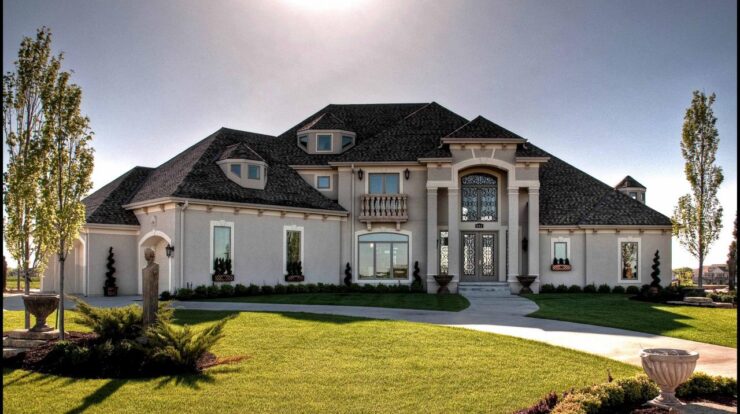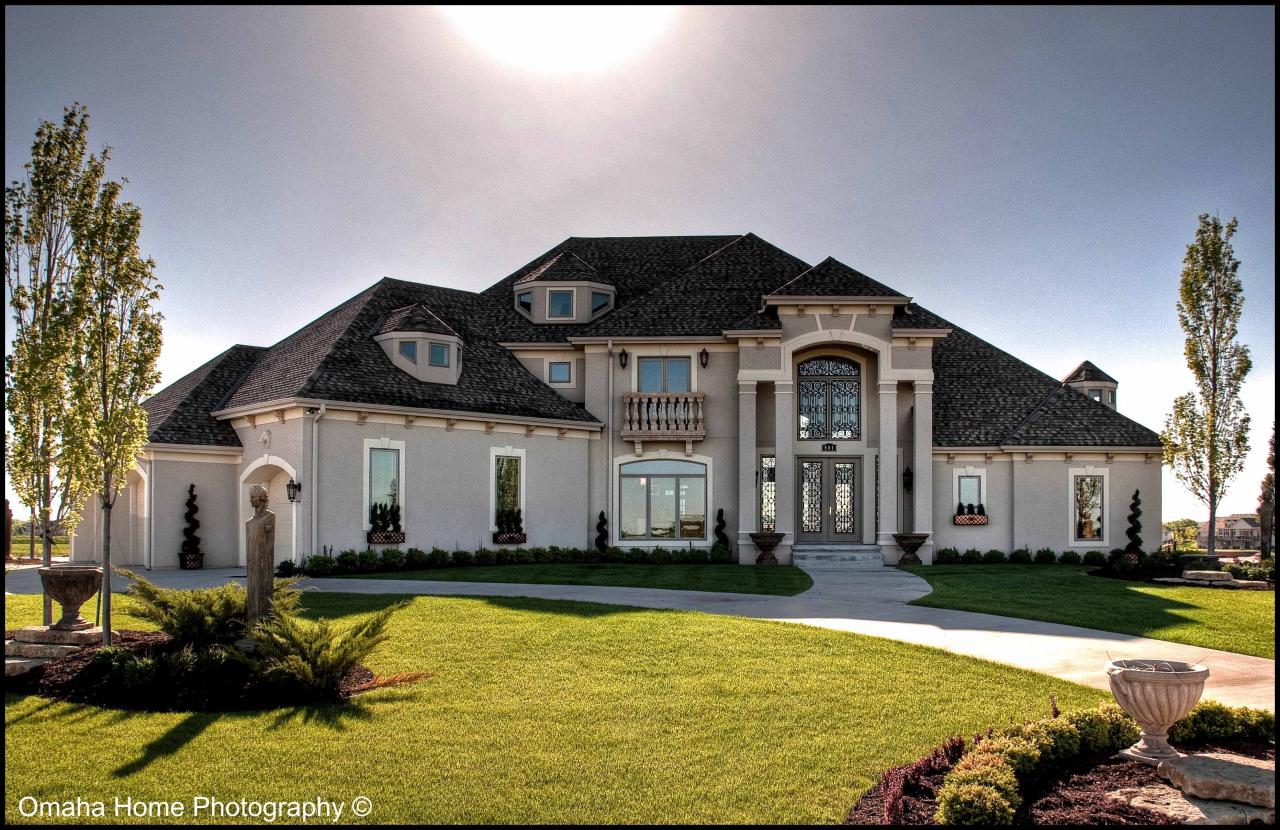
Waterloo nebraska – Nestled in the heart of Nebraska, Waterloo is a vibrant city that seamlessly blends its rich past with a progressive present. From its humble beginnings to its modern-day accomplishments, Waterloo’s story is one of resilience, innovation, and community spirit.
Established in 1856, Waterloo played a pivotal role in the development of the Midwest. Its strategic location along the Platte River made it a hub for trade and commerce, and its fertile soil attracted settlers from across the country. Over the years, Waterloo has evolved into a thriving city with a diverse economy, a vibrant cultural scene, and a strong sense of community.
History of Waterloo, Nebraska: Waterloo Nebraska
Waterloo, Nebraska, traces its origins to the 1850s when settlers from the East established homesteads in the area. The town was officially platted in 1857 and named after the famous battle in Belgium.
In its early years, Waterloo served as a trading center for farmers and ranchers in the surrounding area. The arrival of the railroad in 1870 further boosted the town’s economy, and Waterloo became a hub for agricultural products.
Key Historical Events, Waterloo nebraska
- 1857: Town of Waterloo platted
- 1870: Railroad arrives in Waterloo
- 1890: Waterloo incorporated as a city
- 1930s: Great Depression hits Waterloo
- 1940s: Waterloo experiences growth during World War II
- 1950s: Waterloo becomes a bedroom community for Omaha
Waterloo’s location on the Missouri River has played a significant role in its development. The river provided a means of transportation for goods and people, and it also helped to attract industry to the area.
Demographics of Waterloo, Nebraska
According to the 2020 census, Waterloo, Nebraska, has a population of 9,400 residents. The city’s population has grown steadily over the past several decades, driven in part by its proximity to Omaha.
Waterloo’s population is relatively young, with a median age of 35. The city also has a high percentage of families, with over 70% of households having children under the age of 18.
Demographic Profile
- Population: 9,400 (2020 census)
- Median age: 35
- Percentage of families with children under 18: 70%
- Median household income: $65,000
- Percentage of population living below the poverty line: 10%
Waterloo’s demographics are similar to the state of Nebraska as a whole, but the city has a slightly higher percentage of families and a lower percentage of people living below the poverty line.
Economy of Waterloo, Nebraska
Waterloo, Nebraska, has a diverse economy that is based on a mix of agriculture, manufacturing, and tourism.
The city is home to several large agricultural businesses, including a grain elevator and a meatpacking plant. Waterloo is also a major producer of soybeans and corn.
Major Industries
- Agriculture
- Manufacturing
- Tourism
- Healthcare
- Retail
Waterloo’s manufacturing sector is concentrated in the production of metal products, machinery, and food processing equipment. The city is also home to a number of small businesses, including restaurants, shops, and service providers.
Tourism is a growing industry in Waterloo. The city is home to several historical sites, including the Waterloo Depot Museum and the Waterloo Cemetery. Waterloo is also a popular destination for outdoor recreation, with several parks and trails located in and around the city.
Final Wrap-Up

As Waterloo continues to grow and prosper, it faces both challenges and opportunities. The city is committed to preserving its historic charm while embracing sustainable development and innovation. With its strong foundation and unwavering spirit, Waterloo is poised to remain a vibrant and thriving community for generations to come.
Questions Often Asked
What is Waterloo, Nebraska known for?
Waterloo is known for its rich history, its thriving economy, and its vibrant community.
What is the population of Waterloo, Nebraska?
As of 2020, the population of Waterloo is approximately 9,400.
What is the major industry in Waterloo, Nebraska?
The major industry in Waterloo is agriculture, with a strong focus on corn and soybean production.





